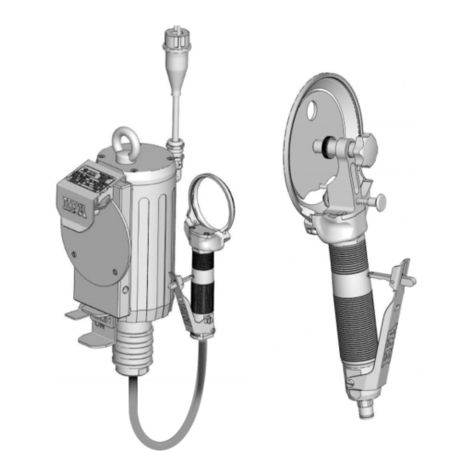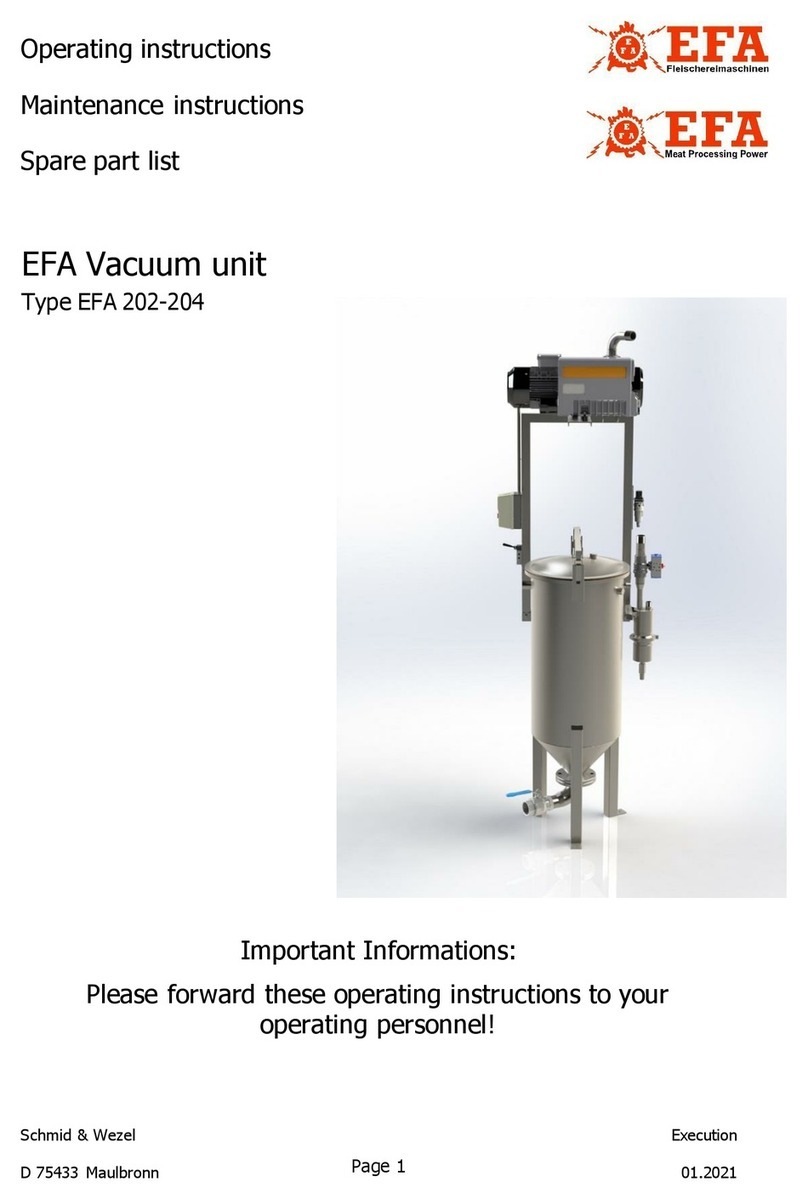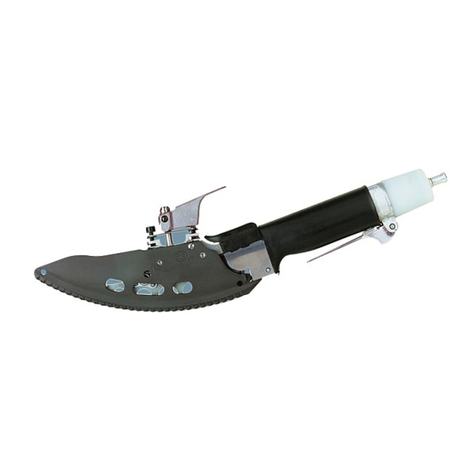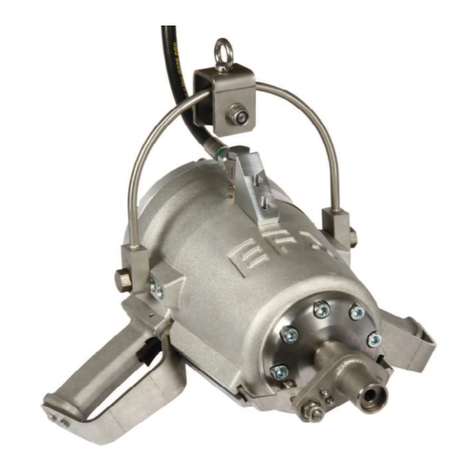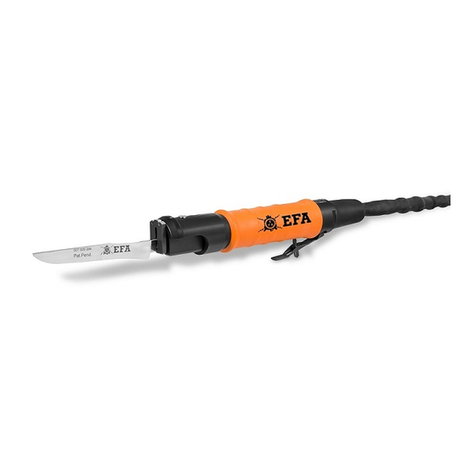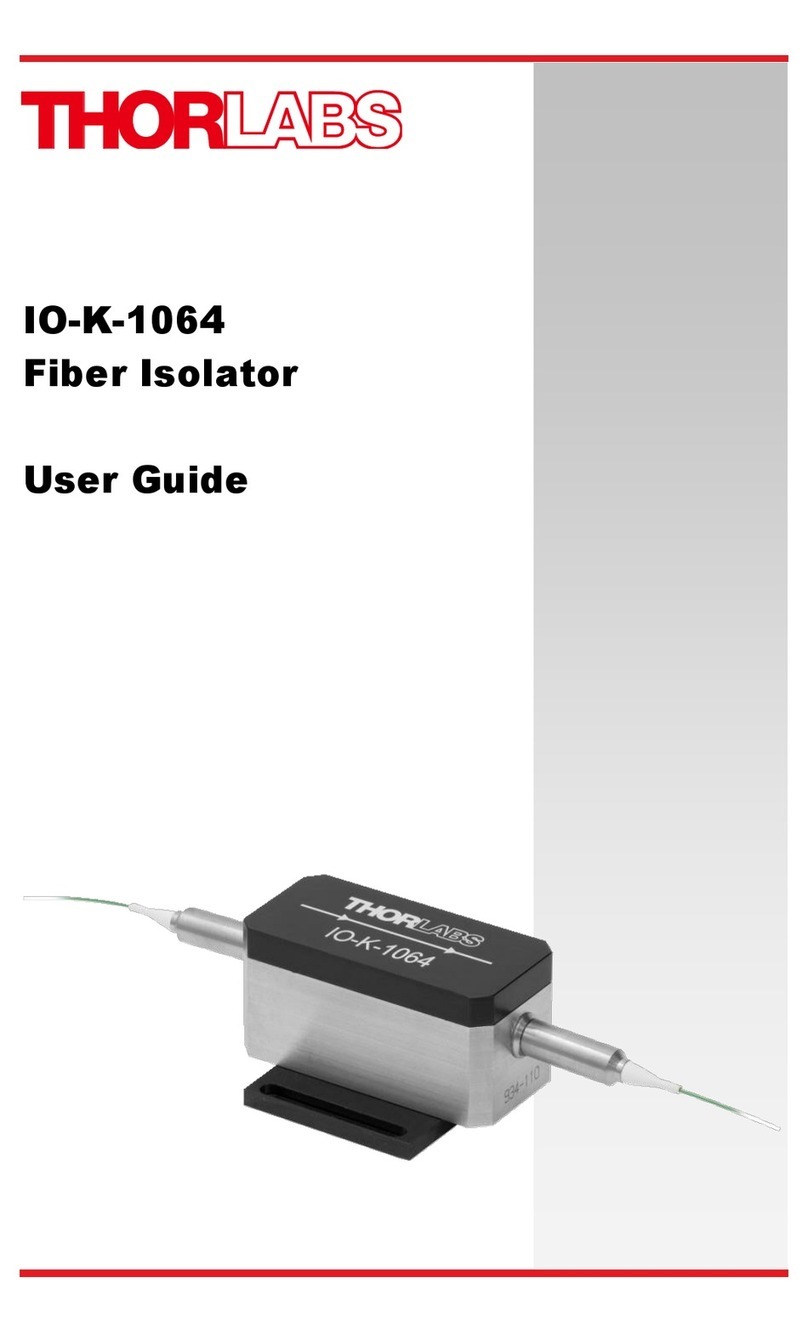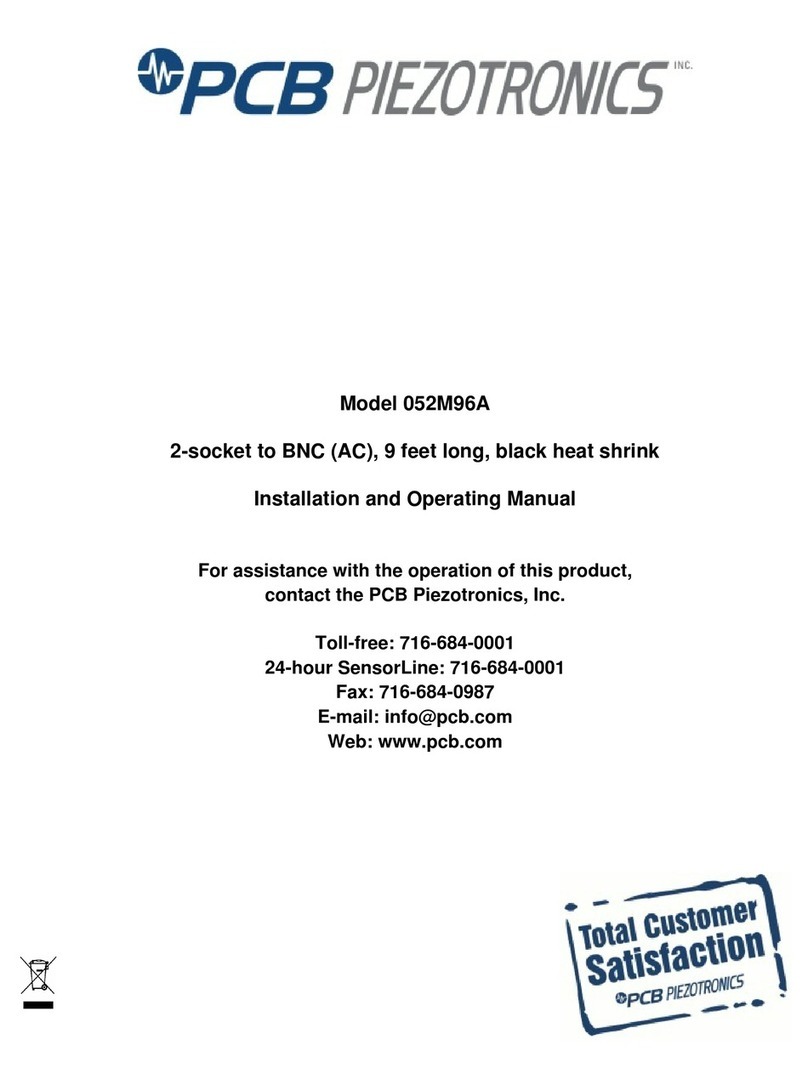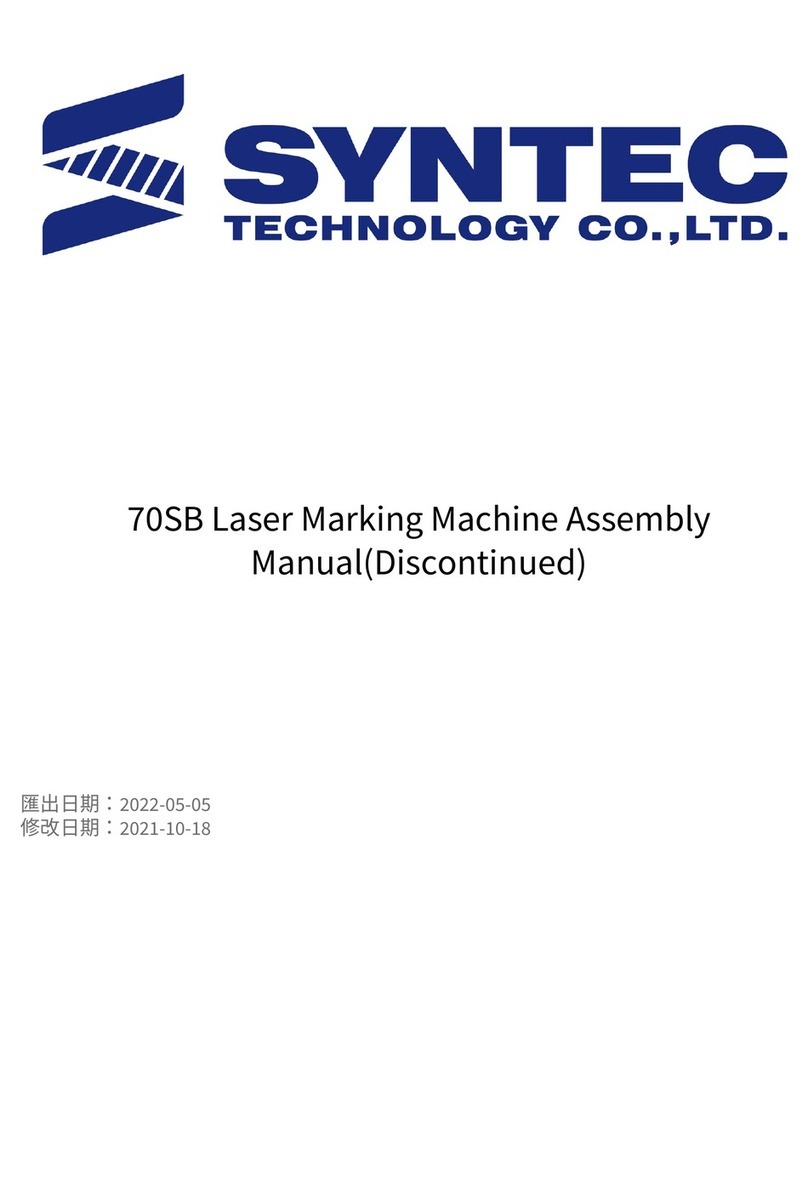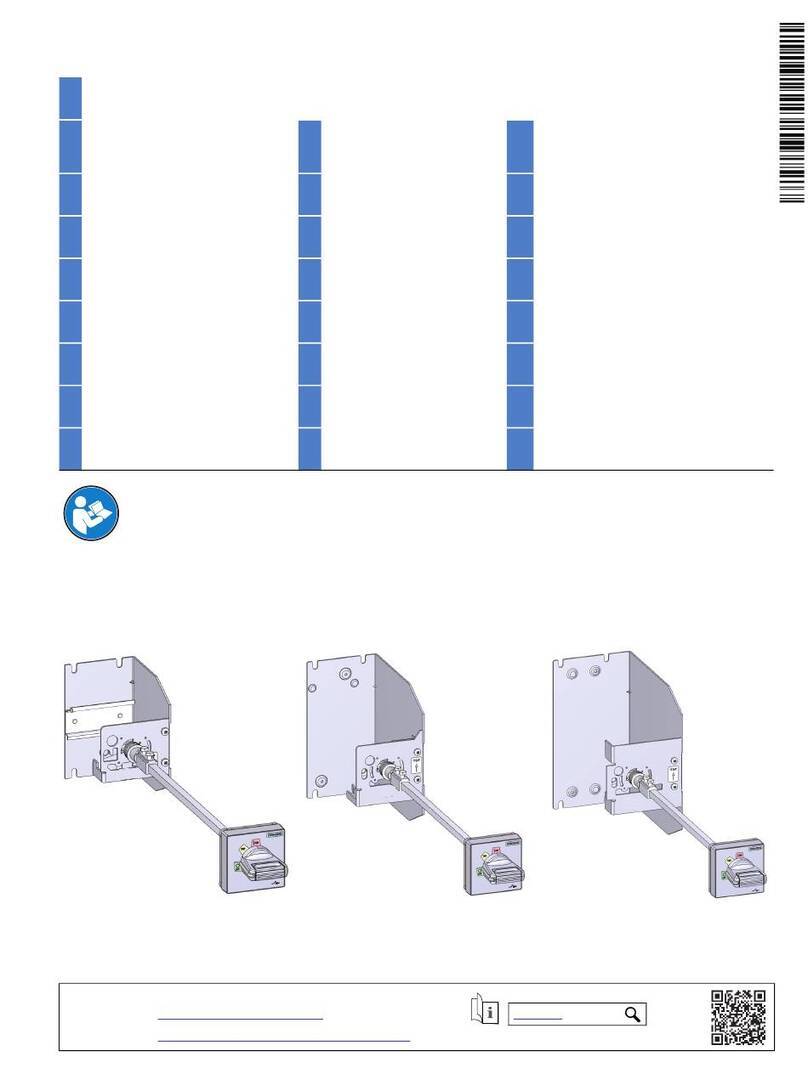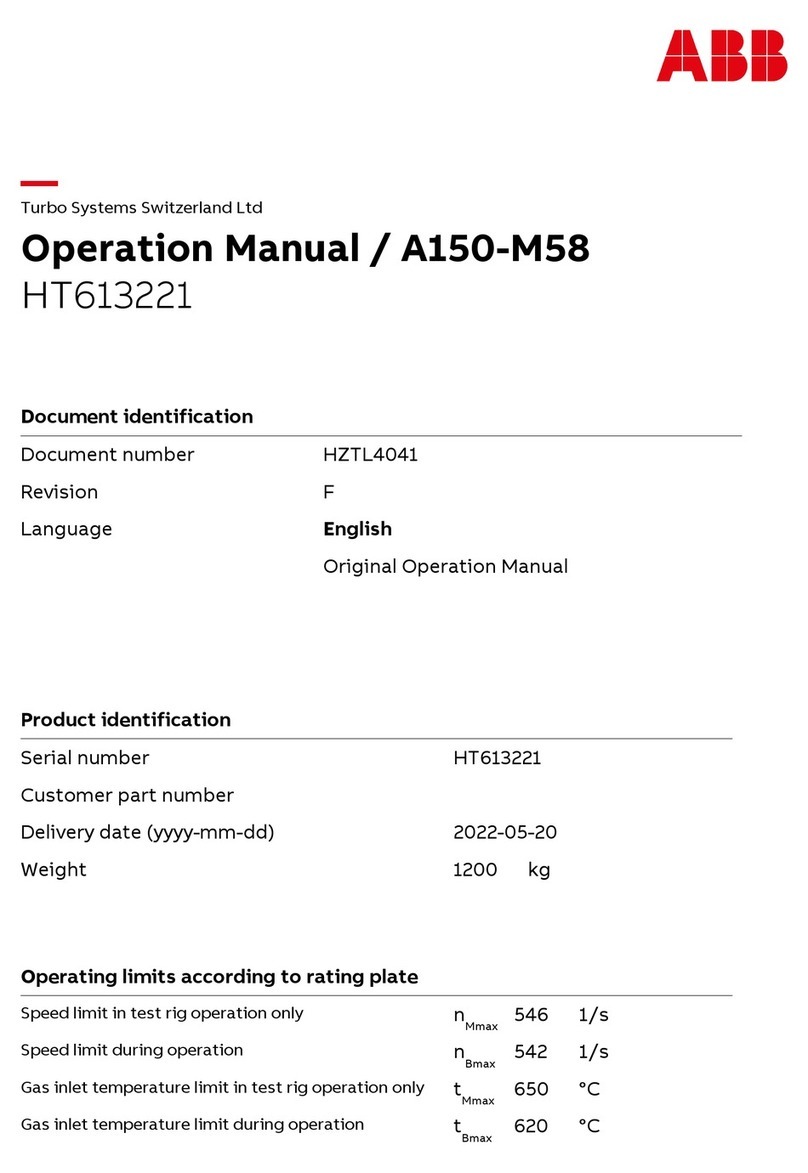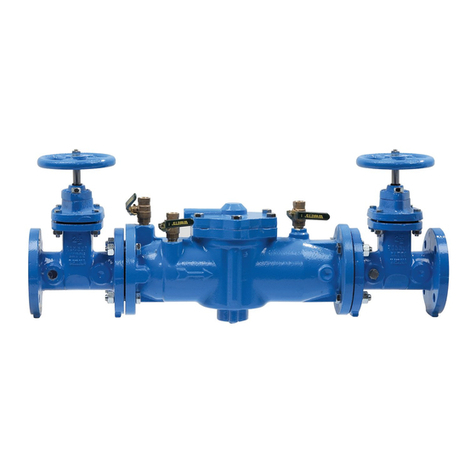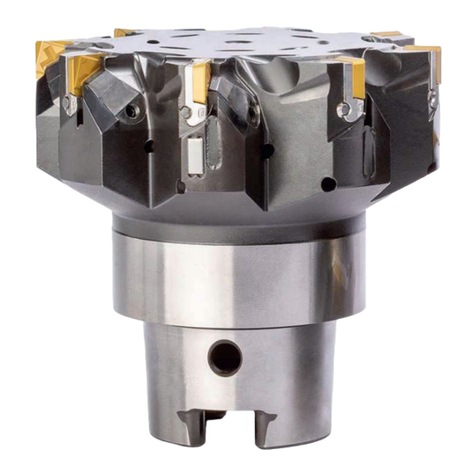EFA Econo-Tuner ET-1 User manual

ET-1
Econo-Tuner™
Owner’s
Manual

FOREWORD
Congratulations
on
choosing
the
Advanced
Electronic
Applications
ET-1
Econo-Tuner™
to
enhance
your
station's
performance.
The
ET-1
is
an
affordable
antenna
tuner
developed
by
AEA
for
the
economy-minded
customer
who
wants
a
quality
unit.
To
fully
enjoy
the
benefits
of
the
ET-1
Econo-Tuner™,
please
read
this
owner's
manual
thoroughly
before
operating
the
unit.
It
you
have
any
questions,
|
encourage
you
to
contact
an
AEA
authorized
dealer
or
one
of
our
technical
service
representatives
at:
‘Advanced
Electronics
Applications,
inc
P.O,
Box
2160
Lynnwood,
WA
98036-0918
(208)775-7373/8
a.m.
to
4:30 p.m.
Pacific
time
FAX
(206)775-2340
TELEX
6972496
AEA
INTL
UW
73,
C.
Mike
Lamb
N7ML
Prosident
Advanced
Electronic
Applications
TABLE
OF
CONTENTS
|
1.
Features
..
seesee
2.
Specifications
nce
3.
Controls/Connectors
|
Front
Panel
...
Rear
Panel
4.
Installation
..
5,
Tuning
6.
Notes

1.
FEATURES
‘The
ET-1
Econo-Tuner™
optimizes
the
performance
of
your
antenna
and
transmitter
or
SWL
receiver
by
providing
adjustable
impedance
matching.
The
ET-1
also
measures
the
power
and
Voltage
Standing
Wave
Ratio
(VSWR
or
SWR)
which
allows
you
to
tune
the
SWR
to
the
lowest
ratio
possible
for
the
selected
transmission
frequency.
The
ET-1
also
features
a
precision-frequency
compensated
dual-movement
SWR
meter.
2.
SPECIFICATIONS
FRONT
PANEL
INDICATORS
AND
GONTROLS
“Meter
‘Dual-movement D’Arsonval
cross
needle
|
power
and
SWR
meter
CONTROLS
‘Transmitter
Tuning
Continuous
rotation
capacitor
Antenna
Tuning
Continuous
rotation
capacitor
Inductanoe.
12
position
switched
inductor
Antenna
Selector
%
position:
Coax
1
tuned
and
tuner
bypass,
coax
2
tuned
and
tuner
|
bypass,
bypass
and
balanced
antenna
Power
Switch
2
position
sow/a00w
REAR
PANEL
CONNECTORS
Antenna
1
$0239
connector
Antenna
2
$0239
connector
Bypass
$0239
connector
Transmitter
Input
$0239
connector
Balanced
Output
‘Dual
banana
jack
End-Fed
Wire
Banana
jack
OTHER
|
Frequency
Coverage
4.8-30
MHz
Power
Maximum
300
W
continuous:
Dimensions
35H
K10.2Wx94D
Weight
3.4
Ibs.

3.
CONTROLS/CONNECTORS
FRONT
PANEL
CONTROLS
1,
TRANSMITTER
Continuously
adjustable
input
capacitor.
2,
POWER/SWR
METER
Dual-needle
meter
displays
FORWARD
and
REFLECTED
power
in
watts.
SWR
is
measured
where
the
two
needies
intersect
on
the
red
scale.
3.
ANTENNA
Continuously
adjustable
output
capacitor.
4,
ANTENNA
SELECTOR
Six-position
rotary
switch
selects
an
output
coaxial
connector.
BYPASS
COAX
selects
BYPASS
COAX
connector
bypassing
the
impedance
match-
ing
circuit
but
providing
SWR,
FORWARD
and
REFLECTED
power
meter
readings.
DIRECT
COAX
1
selects
COAX
1
connector
bypassing
the
impedance
matching
circuit
but
providing
SWR,
FORWARD
and
REFLECTED
power
meter
readings.
DIRECT
COAX
2
selects
COAX
2
connector
bypassing
the
impedance
matching
Circuit
but
providing
SWR,
FORWARD
and
REFLECTED
power
meter
readings.
TUNED
COAX
2
selects
COAX
2
connector
through
the
impedance
matching
circuit
TUNED
COAX
1
selects
COAX
1
connector
through
the
impedance
matching
circuit
TUNED
WIRE
selects
the
END
FED
WIRE
connector
through
the
impedance
maich-
ing
circuit.
For
balanced
antennas,
the
wire
antenna
jack
is
externally
connected
to
the
balanced
line.
5.
INDUCTOR
12-position
rotary
switch
to
vary
inductance.

6.
POWER
RANGE
SWITCH
‘Two-position
switch
selects
the
range
of
FORWARD
and
REFLECTED
power
displayed
on
the
power
meter.
When
the
METER
button
is
out,
the
FORWARD
meter
scale
reads
300
watts
full
scale
and
the
REFLECTED
meter
scale
reads
60
watts
full
scale.
When
the
METER
button
is
in,
the
FORWARD
meter
scale
reads
30
watts
tull
scale
and
the
REFLECTED
meter
scale
reads
six
watts
full
scale.

REAR
PANEL
CONNECTORS
4.
TRANSMITTER
IN
Coaxial
connector
for
input
from
SWL
receiver
or
transmitter.
2.
GOAX4
Coaxial
connector
for
output
to
Antenna
One.
3.
COAX2
Coaxial
connector
for
output
to
Antenna
Two.
4,
BYPASS
Coaxial
connector
for
output
to
dummy
load
or
third
coax
output.
Bypasses
tuner,
but
meter
circuits
remain
active.
5.
GROUND
Postiwing-nut
type
ground
connector.
6.
BALANCED
OUTPUT
‘Two
banana
jack
connectors
for
output
to
RF
balanced
twin-lead
antennas.
(Note
that
jumper
must
be
used
as
shown
by
the
dotted
line.)
7.
END
FED
WIRE
Banana
jack
for
output
to
a
single-wire
antenna.
(Do
not
use
jumper.)

4.
INSTALLATION
Carefully
unpack
your
ET-1
from
the
packing
carton
and
inspect
it
for
signs
of
damage.
if
Unpacking
any
damage
is
apparent,
notify
the
transportation
carrier
or
dealer
immediately.
We
recommend
keeping
the
packing
carton
for
moving,
storing
or
reshipping
the
tuner.
Select
a
location
for
the
ET-1
that
allows
the
connectors
to
be
free
from
any
possible
Location
Selection
‘contact
during
operation.
WARNING,
SOME
BALANGED
OR
END-FED
ANTENNAS
WILL
PRODUCE
HIGH
|
RF
VOLTAGES
AT
THE
BANANA
CONNECTORS.
RF
BURNS
|
|
MAY
RESULT
IF
TOUCHED
DURING
TRANSMISSION.
Connect
a
coax
cable
from
your
transmitter
or
receiver
to
the
TRANSMITTER
con-
Installation
nector
on
the
rear
panel.
Keep
the
cable
as
short
as
possible.
Mf
you
use
a
linear
Procedures
amplifier,
connect
your
transmitter
to
the
linear
amplifier
input
and
the
linear
amplifier
output
to
the
ET-1.
Do
not
use
more
than
300
watts
through
the
tuner.
2,
Connect
coax
cable(s)
from
your
antenna
to
COAX
1
or
COAX
2
connectors
on
the
rear
panel.
These
connectors
are
either
direct
from
the
transmitter
or
through
the
tuned
circuit
depending
on
the
setting
of
the
OUTPUT
SELECTOR
switch
It
you
are
using
a
balanced
feed
antenna,
connect
a
balanced
line
to
the
BALANCED
OUTPUT
connectors
and
jumper
banana
jack
(8)
with
lower
jack
(7)
as
shown
by
dotted
line.
{fusing
a
single
wire
antenna,
connect
it
to
jack
(7)
without
installing
jumper.
Connect
a
dummy
load
to
the
BYPASS
(4)
connector
using
a
coax
cable.
This
lets
you
select
the
dummy
load
from
the
OUTPUT
SELECTOR
switch.
Any
antenna
that
does
not
require
the
use
of
an
antenna
tuner
may
be
connected
to
the
BYPASS
connector,
if
desired.
2
oe
Before
Operating
To
avoid
possible
damage
to
the
ET-1
Econo-Tuner™,
set
TRANSMITTER,
ANTENNA
and
POWER
RANGE
switches
as
outlined
in
the
next
section
before
applying
transmitter
power.
Begin
tuning
with
your
transmitter
set
at
a
low
output
power
setting
(10
to
20
W).
|
WARNING!
*
DO
NOT
OPERATE
THE
ET-1
WITH
THE
COVER
OFF.
+
DO
NOT
CHANGE
INDUCTOR
SWITCH
WITH
MORE
THAN
30
WATTS
OF
-
APPLIED
POWER.

5.
TUNING
1.
Select
the
band
and
frequency
of
desired
operation.
2.
Set
TRANSMITTER,
ANTENNA
and
INDUCTOR
controls
to
the
suggested
settings
before
applying
transmitter
power.
Actual
settings
may
vary
from
antenna
to
antenna.
BAND/FREQUENCY
|
TRANSMITTER
ANTENNA
INDUCTOR
Sug.
|
Actual
|
Sug
|
Actual
Actual
__160M/1.8
MHZ
5
75M/3.75
MHz
40M/7.15
MHz
30M/10.125
MHz
20M/14.175
MHz
47M/18.118
MHz__|
15M/21.225MHz__|
12M/24.940
MHz
|
10M/28.850
MHz
8.
Set your
transmitter
to
a
low
power
output.
if
your
transmitter
has
a
TUNE
position,
select
that
position
4.
Ifyou
use
a
linear
amplifier,
set
it
to
Standby.
Do
not
use
the
linear
amplifier
until
the
ET-1
is
tuned.
Do
not
exceed
300
watts!
5.
Set
POWER
RANGE
switch
in
to
30
W
LOW
(with
meter
button
depressed).
6.
Set
OUTPUT
SELECTOR
switch
to
BYPASS
or
the
position
matching
your
antenna
connection.
To
tune
your
antenna,
the
switch
selection
must
be
set
to:
COAX
1
TUNED,
COAX
2
TUNED
or
WIRE
(BALANCED
ANTENNA).
Selecting
COAX
1
DIRECT,
COAX
2
DIRECT
OR
BYPASS
bypasses
the
tuning
section
7.
Rotate
the
TRANSMITTER,
ANTENNA
and
INDUCTOR
controls
for
maximum
noise
‘or
signal
as
heard
on your
receiver.
8.
Key
your
transmitter
and
adjust
the
power
level
for
a
reading
of
10
watts
on
the
FORWARD
scale.
Adjust
the
TRANSMITTER,
ANTENNA
and
INDUCTOR
controls
for
a
minimum
REFLECTED
reading
while
maintaining
a
FORWARD
reading
of
10
watts
using
your
transmitter
power
control.
9.
Readthe
SWRonthe
red
scale
at
the
point where
the
two
needles
intersect.
Repeat
step
hine
until
the
lowest
SWR
reading
is
obtained.
The
SWR
should
be
2:1
or
lower.
NOTE:
THIS
PROCEDURE
TAKES
PATIENCE
THE
FIRST
TIME.
THE
TRANSMITTER
AND
ANTENNA
CONTROLS
VARY
THE
CAPACITORS
AND
PROVIDE
FINE
ADJUSTMENTS.
THE
INDUCTOR
CONTROL
PROVIDES
COARSE
ADJUSTMENT,
10.
When
you
have
tuned
your
antenna
to
the
best
SWR,
record
the
settings
of
the
TRANSMITTER,
ANTENNA
and
INDUCTANCE
controls
on
the
chart
above
for
future
reference.
When
you
retune,
use
these
settings
as
your
starting
point
elm)
z]-|e
Ss
alalolwlolelala
alalalololelelo
>>
>|
>|o

6.
NOTES
‘An
SWR
of
1:1
is
best,
but
an
SWR
as
high
as
2:1
may
be
acceptable.
Check
your
transmitter
manual
for
details.
Hf
you
cannot
get
an
acceptable
SWR,
lengthen
or
shorten
your
antenna
and/or
feedlines
and
retune,
It
you
get
low
SWR
readings
at
more
than
one
setting,
use
the
setting
that
gives:
»
The
highest
FORWARD
power
reading.
‘The
lowest
REFLECTED
power
reading.
Uses
the
largest
capacitance
(highest
number)
on
the
TRANSMITTER
and
ANTENNA
controls.
‘Any
time
a
new
or
different
antenna
is
connected,
itis
necessary
to
repeat
the
tuning
procedure
for
each
antenna,

7.
SCHEMATIC
DIAGRAM
o
el
eal
1-13
1300W_:8annl-ONOo3
WeYS8IO
JT
LYW3HIS
780-210
“al

8.
WARRANTY
LIMITED
WARRANTY
ADVANCED
ELECTRONIC
APPLICATIONS,
INC.
warrants
to
the
original
purchaser
that
this
product
shall
be
free
from
defects
in
material
or
workmanship
for
ninety
days
from
the
date
of
original
purchase.
In
order
to
obtain
warranty
service:
(1)
Complete
and
mail
the
warranty
registration
card
within
10
days
to
Advanced
Electronic
Application,
Inc...
anc
(2)
Send
written
notification
to
the
address
below
or
telephone
as
soon
as
possible
after
discovering
a
possible
detect:
‘Advanced
Electronic
Applications,
nc.
‘Attention:
Technical
Support
2008
-
196th
S.W.
Lynnwood,
WA
98036
(206)
775-7373
‘The
written
notification
must
include
a
copy
of
the
invoice.
Include
a
description
of
the
datoct
partor
condition,
with
details
of
the
electrical
connections
to
associated
equipment
and
list
‘Such
equipment.
Please
enclose
your
name,
phone
number,
and
address.
Shipping
charges
for
any
parts
or
units
submited
for
replacement
under
this
warranty
must
be
paid
by
the
purchaser.
Corract
maintananca,
repair
and
use
are
important
to
insure
proper
performance
from
this
product.
Carefully
read
the
Instruction
Manual.
This
warranty
coos
not
apply
to
any
defect
‘AEA
dotermines
is
caused
by
(1)
improper
maintenance
or
repair,
including
the
installation
of
parts
or
accessories
that
do
not
conform
to
the
quality
and
spectication
of
the
original
parts;
(2)
misuse,
abuse,
neglect,
\proper
installation;
(3)
accidental
or
intentional
damage.
The
fiold
installation
of
circuits
or
batteries
according
to
the
instructions
in
the
manual
will
not
nulity
this
warranty.
Allimplied
warranties,
if
any,
terminate
ninety
days
from
the
date
of
original
purchase.
AEA
is
not
responsible
for
damage
to
other
equipment
or
property
or
any
other
consequential
or
incidental
damage
of
any
kind
whether
based
on
contract,
negligence,
or
strict
liability,
Maximum
liabilty
shall
not,
in
any
case,
exceed
the
purchase
price
of
the
unit
‘The
foregoing
constitutes
AEA’s
entire
obligation
with
respect
to
this
product.
The
original
purchaser
and
any
user
or
owner
shall
have
no
other
remedy
and
no
claim
for
incidental
or
Consequential
damages.
Some
states
do
not
allow
limitations
of
how
long
an
implied
warranty
lasts
or
do
nct
allow
the
exclusion
of
incidental
or
consequential
damages,
therefore,
the
above
limitations
and
exclusions
may
not
apply
to
you.
This
warranty
gives
specific
legal
rights.
You
may
also
have
other
rights
which
vary
from
state
to
state.
10

ADVANCED
ELECTRONIC
APPLICATIONS,
INC.
P.O.
Box
2160
+
2008-196th
Street
SW
Lynnwood,
WA
98036-0918
(206)
775-7373
Telex:
6972496
AEA
INTLUW.
Fax:
(206)
775-2340
ted
soecfeatone
ae
approximate
and
subject
ia
change
Conyright
1990.
Part
No.
040-049-1
4/90
Other EFA Industrial Equipment manuals
Popular Industrial Equipment manuals by other brands
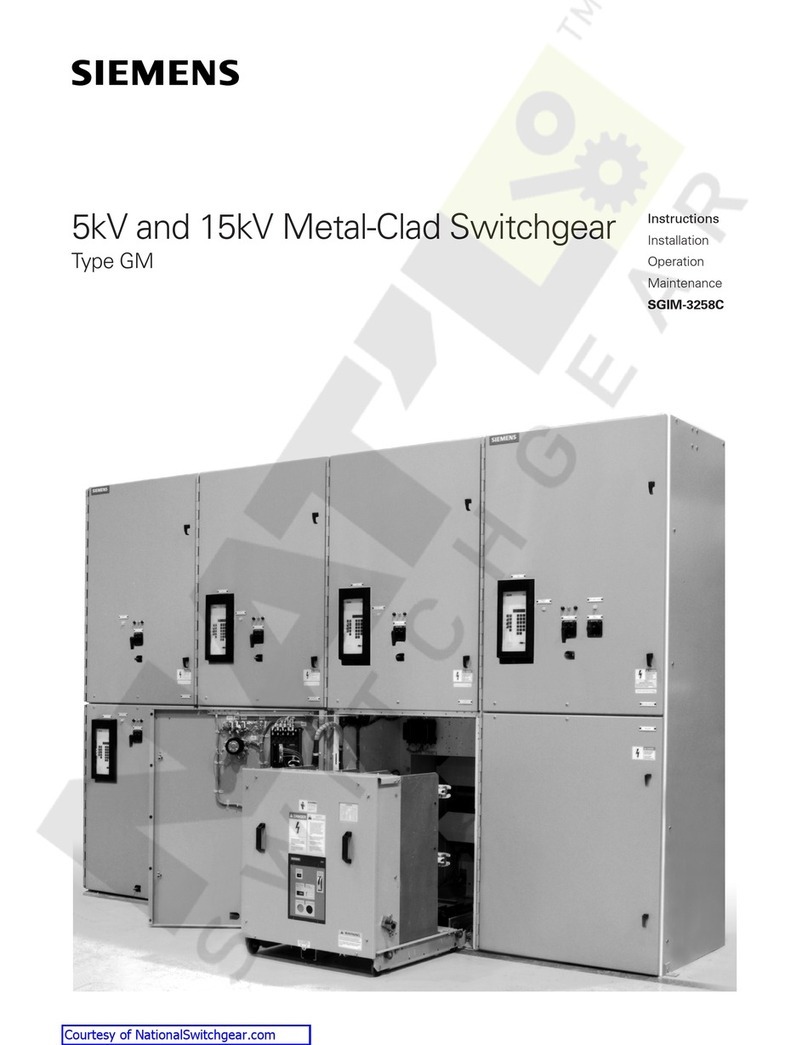
Siemens
Siemens SGIM-3258C instructions
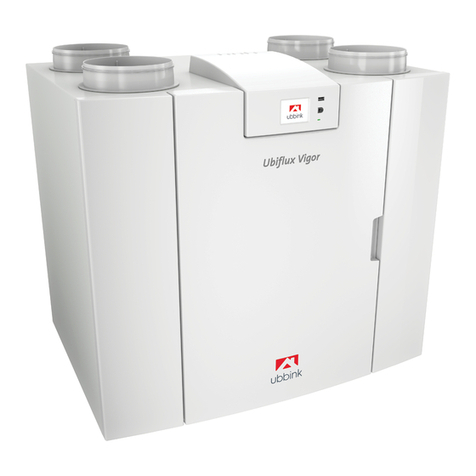
ubbink
ubbink UBIFLUX Vigor W325 manual
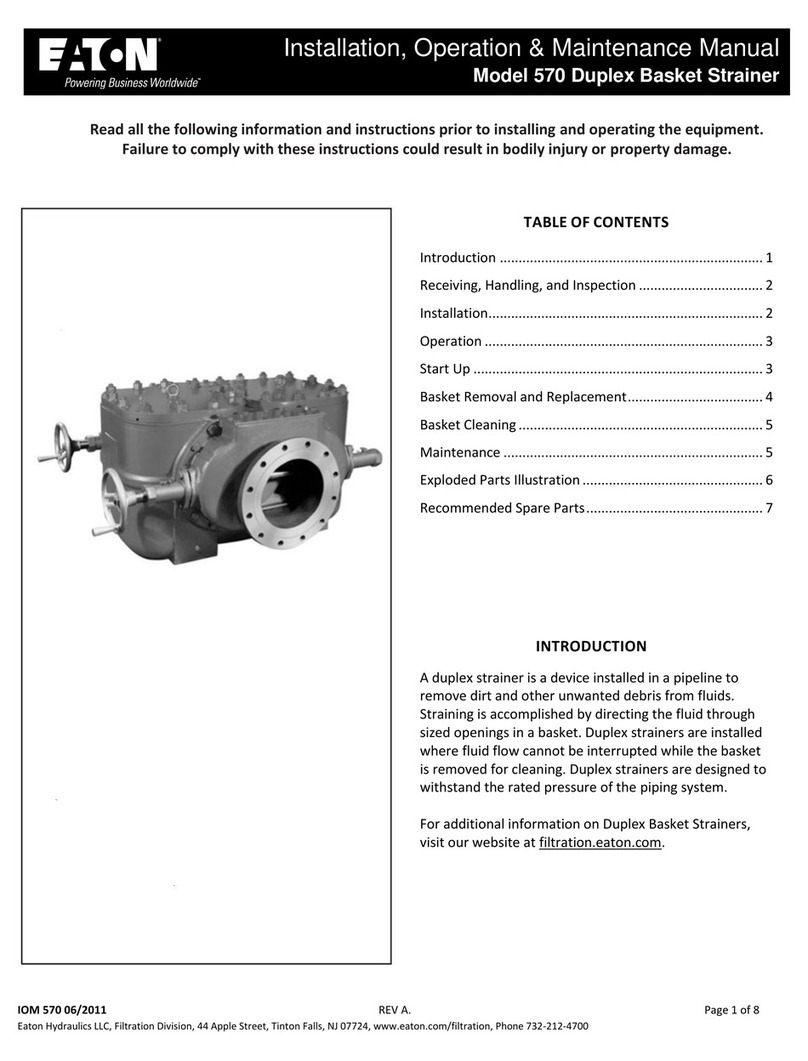
Eaton
Eaton 570 Installation, operation & maintenance manual

National Instruments
National Instruments NI 9475 Getting started
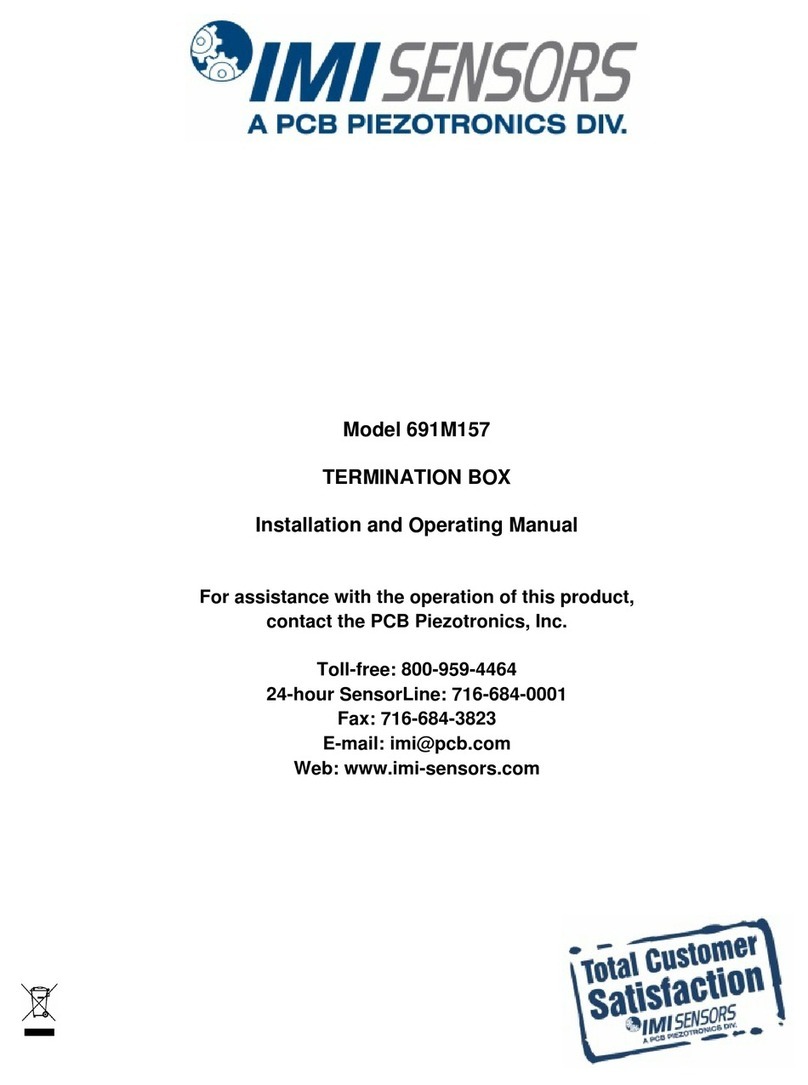
PCB Piezotronics
PCB Piezotronics IMI SENSORS 691M157 Installation and operating manual
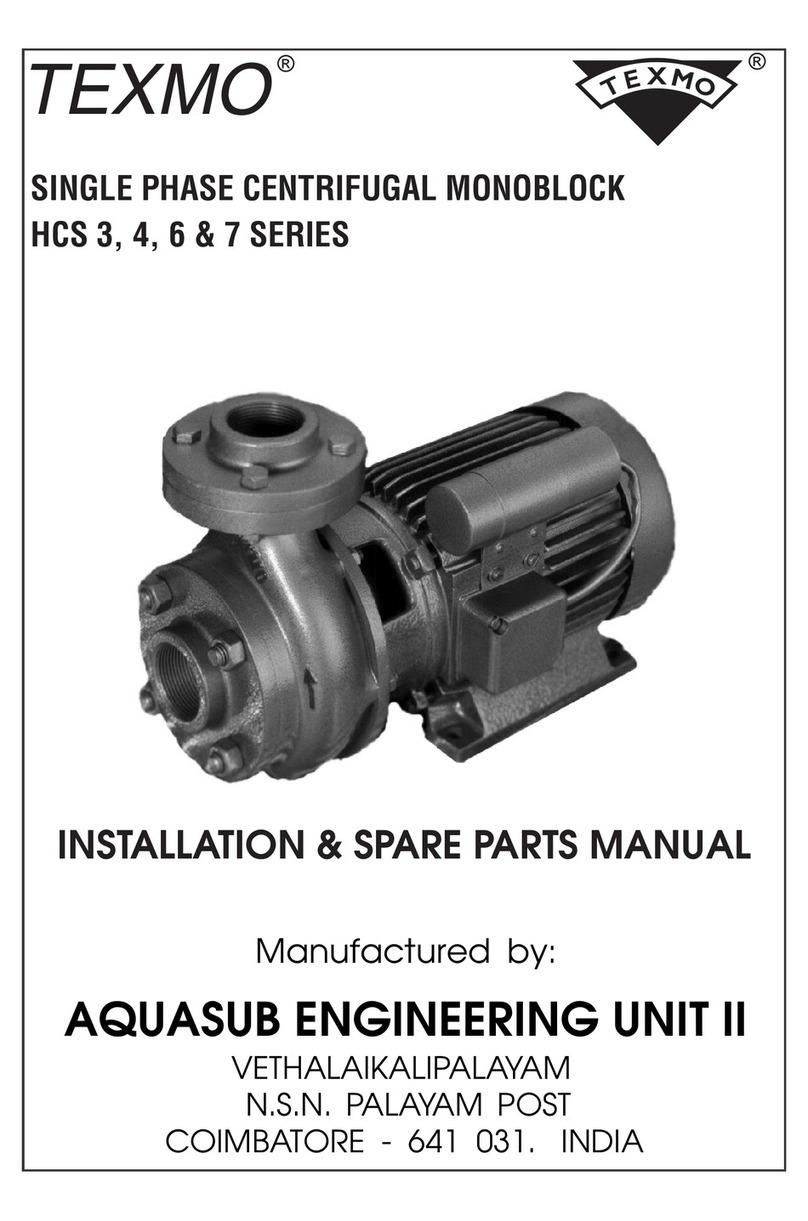
Texmo Industries
Texmo Industries HCS 3 Series Installation & Spare Parts Manual
